Something Felt Off.
On our trip to Charleston, my husband and I visited the Magnolia Plantation at the suggestion of another traveler whom we met during our Gullah experience. Being an avid history enthusiast, and especially wanting to learn more about Black history on our trip in particular, we decided to visit.
As one walks around the grounds of Magnolia, it’s difficult not to be struck by the beauty. Weeping willows sway, pink petals fall softly on the pavement, and various birds perch among the waterways and fly from tree to tree. Magnolia Plantation undoubtedly boasts some pristine natural beauty. However, and to be blunt, who gives a shit?
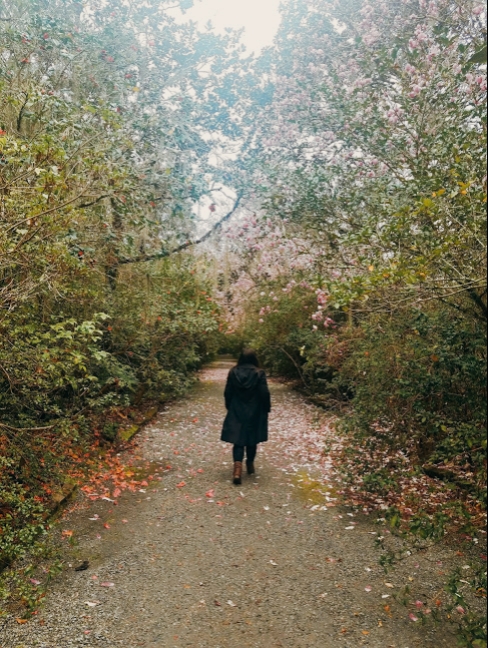
I’m not perfect, and I don’t claim to be. We took some photos of me beneath the gorgeous pink blossoms on the property while we waited for our tour to start. Not showy, flashy, photos — just casual shots of me and my baby bump. Something to do to kill the time before our tour. But, as I smiled for each shot, something felt…well…really off about this whole thing. About my cavalier behavior in this place.
The Magnolia Plantation is unnervingly paradoxical. Amidst the flowers and trees and wildlife are undoubtedly residual energies of the enslaved people who were forced to live on this land. No amount of pretty pastel colors could make me just “forget” that we were walking on hallowed ground — ground where people were brutalized, tortured, lynched, and abused.
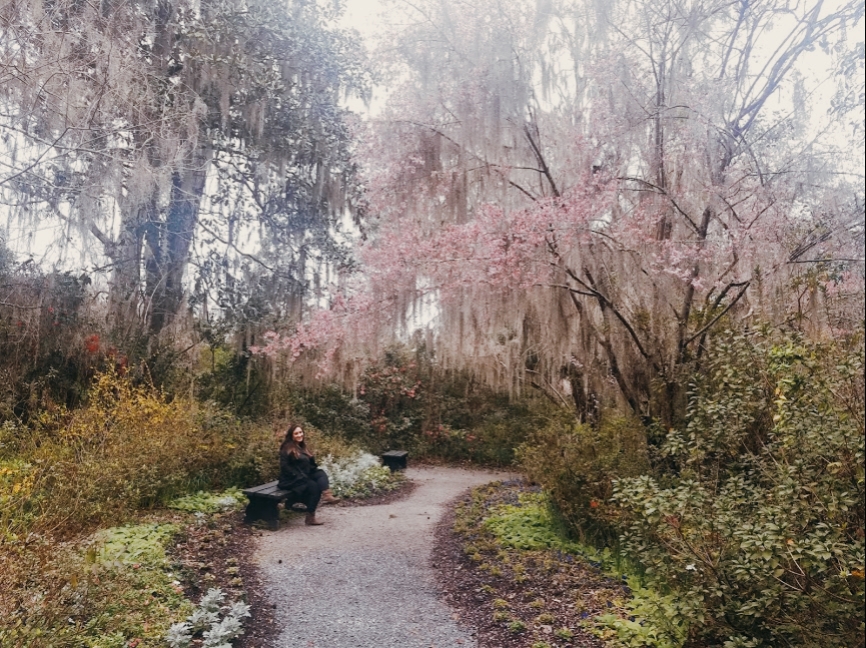
Plantation Tourism Seems Inappropriate.
Why the hell was I, is ANYONE, taking smiling selfies on the same grounds where people were enslaved and exploited? After all, travelers have come under fire for ‘smiling selfies’ at other solemn tourist attractions. What makes a plantation any different?
I’m not bashing Magnolia Plantations specifically, but it is the one that I happened to visit. So, I’m using them primarily as an example. When I see that couples can choose to get married at plantations, I cringe. I understand that the grounds are stunning. But, I don’t think I’d want to celebrate my marriage on the lands where people were tortured and dehumanized.

I think what some plantations are trying to do is re-invent themselves? To become a place whose image is distanced from the horrors of its past? Magnolia Plantation boasts its grounds as a place for events, beautiful flower expos, and wildlife. But you can’t just bulldoze over history with daisies. Historically, plantations are places where violence and death was inflicted upon innocent people.
Why Is The History of Magnolia Plantation Optional?
It is only a few years later as I write this that I realize, I don’t know why we don’t treat all plantations with the sanctity that other places of atrocities are given. In fact, I can’t think of any other place that has seen violence and bloodshed that is now a popular place to exchange vows. The beaches of Normandy are stunning, but nobody ties the knot there, and we all know why. Thousands of Americans were slaughtered on those beaches.
If I’m being honest, I’m still not entirely sure what the consensus is regarding turning plantations into tourist attractions. A large part of me feels that one of the only ways for these plantations to operate with a semblance of morality is for any funds collected, or at least a large percentage, to be donated to endeavors which support the Black community through education, small business financing, or historical research. At the very least, plantations should probably exist only to teach about their history and make it palpable for all who visit.

On the other hand, Magnolia Plantation does have an ‘award-winning’ tour entitled “From Slavery to Freedom.” Guests board an open shuttle and are taken to five historically preserved cabins that were inhabited by people who were enslaved by the Drayton family. Each cabin is dedicated to a particular period. For instance, one displays Jim Crow Era history.
Guests Can Choose to Look the Other Way.
However, the issue is that most people who visit the plantation choose not to take this tour. Instead, they opt to only take the nature tours. This point is lamented upon by Joseph McGill, who was hired by Magnolia Plantation as a tour guide and historical consultant. McGill is the founder of the non profit Slave Dwelling Project. The idea that people can visit a plantation, whose beauty really only exists on the backs of enslaved people, and just “opt out” of learning about those same people is pretty appalling. McGill is hoping to ingrain more of the history of the plantation into all aspects of guests’ visits — a deeply needed change.
After all, when you visit the Killing Fields of Cambodia, you don’t have the option to just “choose to take the nature tour” instead of learning the history. Can you imagine how utterly inappropriate that would be?
Contribute to the Slave Dwelling Project HERE

Our Experience at Magnolia Plantation.
As my husband and I rode along on the tram through the grounds for our tour, it began to rain. (I should point out that we arrived late to the grounds and the only tram tour available was the nature one, unfortunately.) Our tour guide pointed out the various species of birds that made their home in the swamp-like area of the property. Again, the natural beauty of the place cannot be overstated. However, as we drove around the property, I wasn’t so focused on the azaleas. I was doing what I always do when I encounter a historical place. I put myself in the shoes of those who once lived there.
Did any of the enslaved people consider escaping? Even if they could, they’d have to somehow survive in treacherous natural conditions of the property. How could one possibly navigate themselves off the property? How would one know where to flee to? The property, after all, seemed endless. I wondered, as we drove in the rain on the tram, how many souls were still lost and hopeless, walking around the property, unable to rest peacefully.
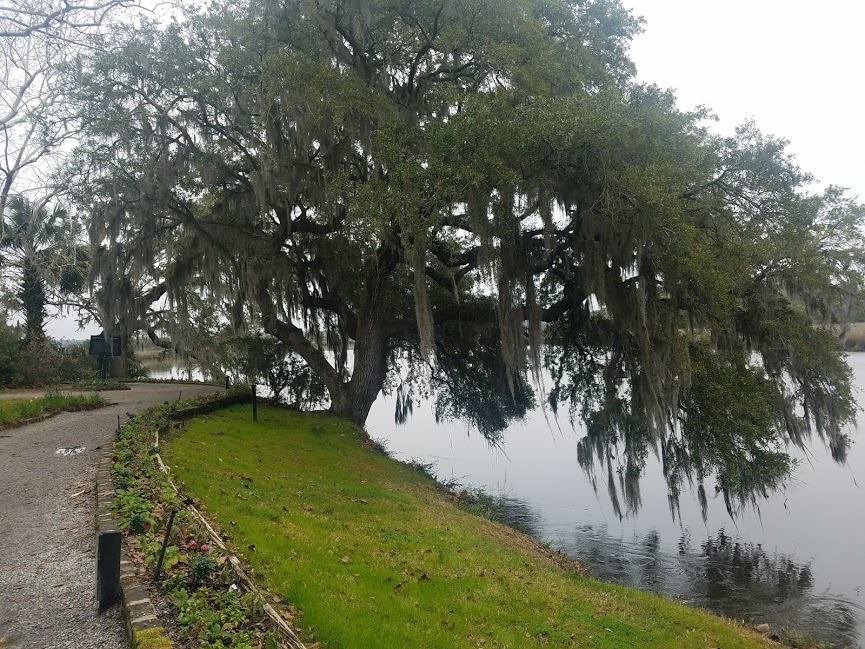
A Change is Needed.
As I browse the Magnolia Plantation’s website, I would like to see more mention of the real history. I mean, there is some mention of the history (if you dig deep enough to find it). However, some is quite passive aggressive. I’m not sure why the website casually mentions that enslaved people eventually gained the opportunity to work on the plantation as paid workers. In my opinion, this suggests that these former enslaved people had a choice. In reality, (if you know your history) they did not. The Plantation has dedicated $7,500 to Mr. McGill’s work. But, what percentage is that really of what they make per year?
While this post might seem like a pandering act of ‘wokeness,’ it’s really this simple. Life is sacred. What’s right is right, and what’s wrong is wrong. Is it really appropriate to be hosting celebratory events and taking selfies on the same ground where people were brutalized? Do we do this anywhere else in our country? If plantations do want to market themselves as places of healing, don’t make the part about learning the history optional.
I would love to hear other travelers thoughts on plantation tourism. Please feel free to comment below!

It’s Not Just Me.
Also, I believe that this TripAdvisor review says it all:
“…I assumed and expected that we would experience an honest look at life pre- and post-Civil War with an acknowledgement and discussion of the lives of the enslaved people who lived and worked at Magnolia Plantation. After all, slaves are as much a part of the history of the property as the white family who enslaved them. We arrived in the late afternoon so only had time to tour the house and gardens; the boat tour and slave cabin tours were both closed for the day. We were both surprised that the slave cabin tours were not included in the price of admission.
We were appalled that during the house tour, the tour guide only made vague references to the enslaved people on whose backs the plantation and gardens were built. Not one slave was referenced directly by name. I was even more disheartened to learn that the plantation is still privately owned by the descendants of the “Reverend” Drayton, a man who invested and lost his entire savings in the Confederacy (so said our guide with real regret).
So not only is the current family not acknowledging (during the house tour) and finally giving dignity to the people who were enslaved and forced to work against their will, but my husband and I left feeling as though we had just contributed to the continuing degradation of those slaves by spending our money there. We feel very strongly that this family is still literally making money off the backs of those same slaves even 150+ years later. The continued injustice boggles the mind.”
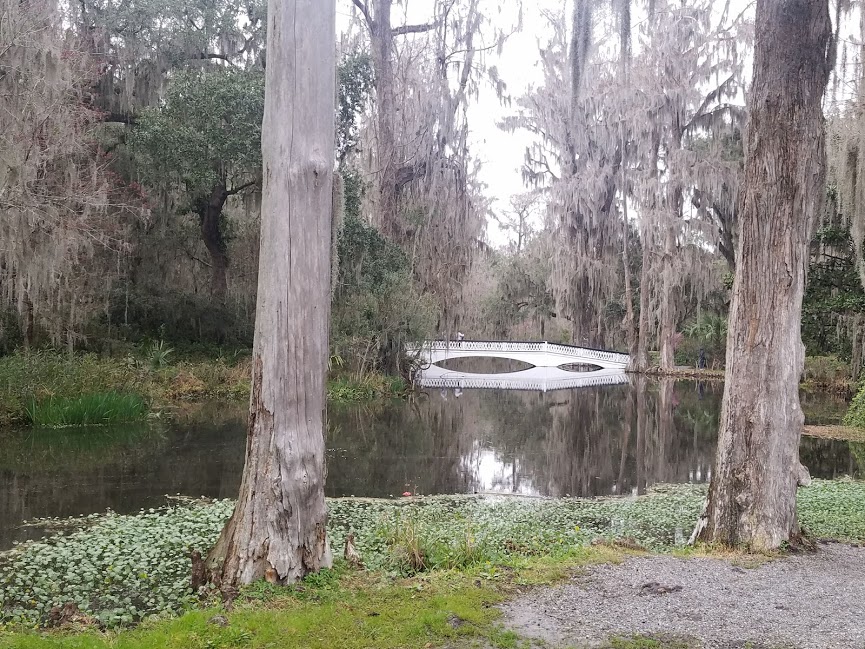


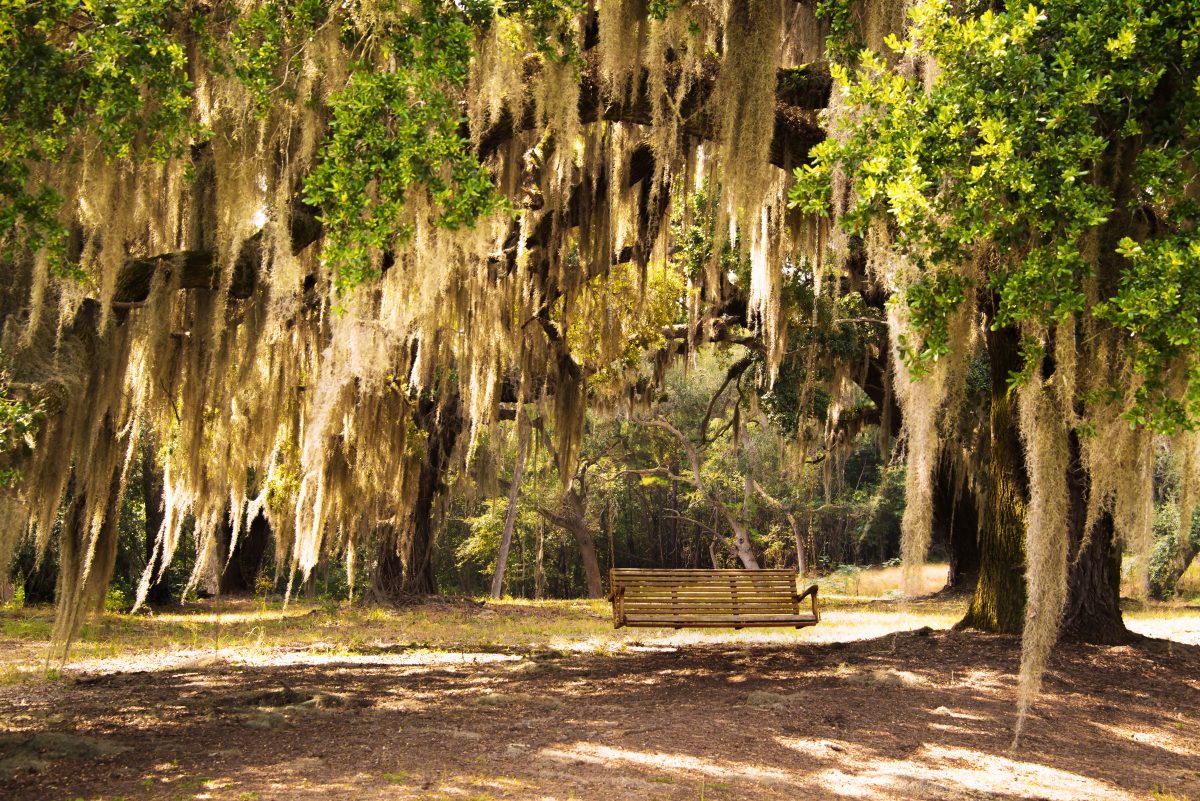

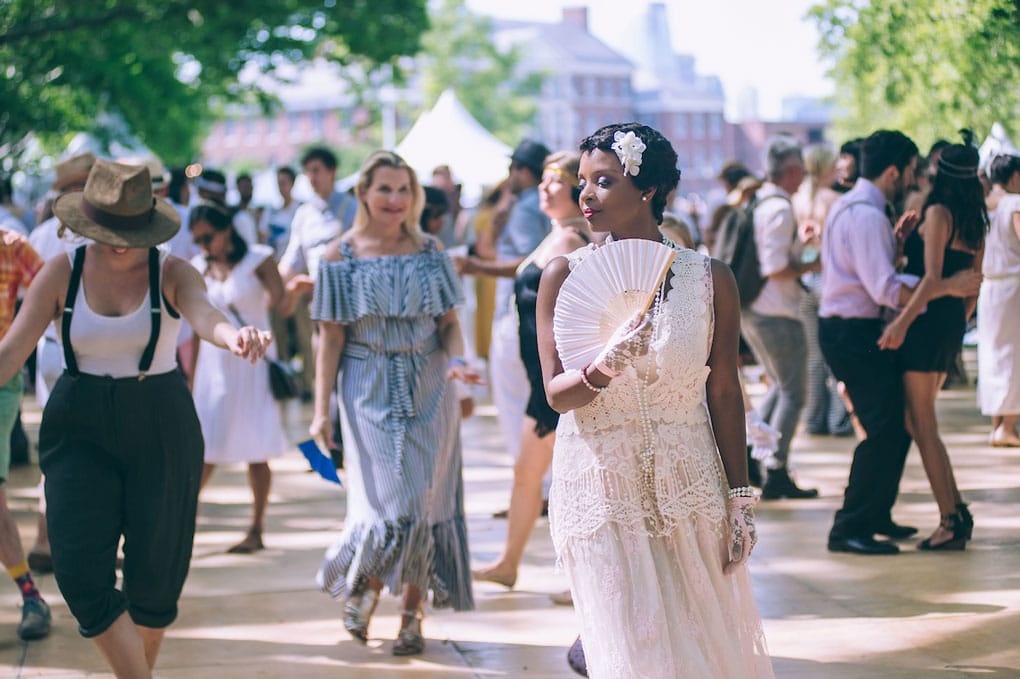
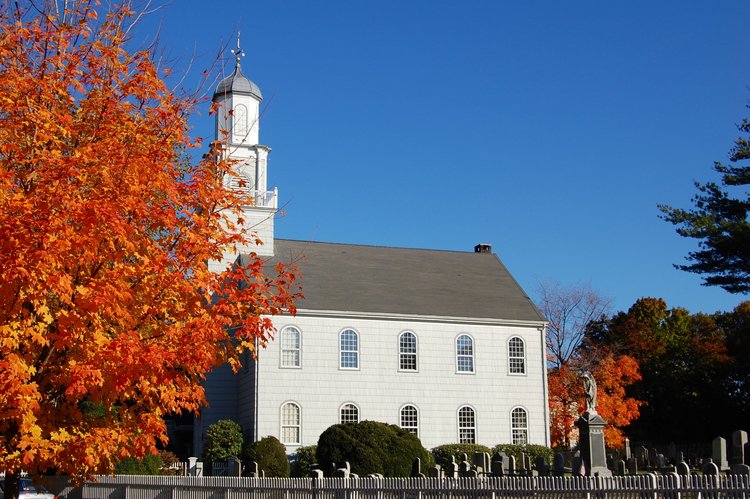

0 comment